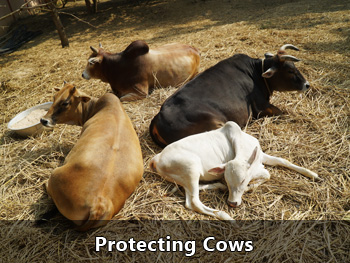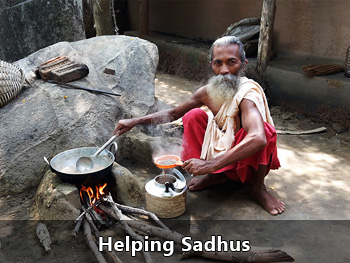Towards A Mathematical Theory of Spirituality Based on Advaitic Principles: A Paradigm for O-E-T, the World of Matter and Mind (MTS-3)
Rate this topic

By
Guest guest
in Advaita Vedanta
-
Top Downloads
-






Recommended Posts
Join the conversation
You are posting as a guest. If you have an account, sign in now to post with your account.
Note: Your post will require moderator approval before it will be visible.